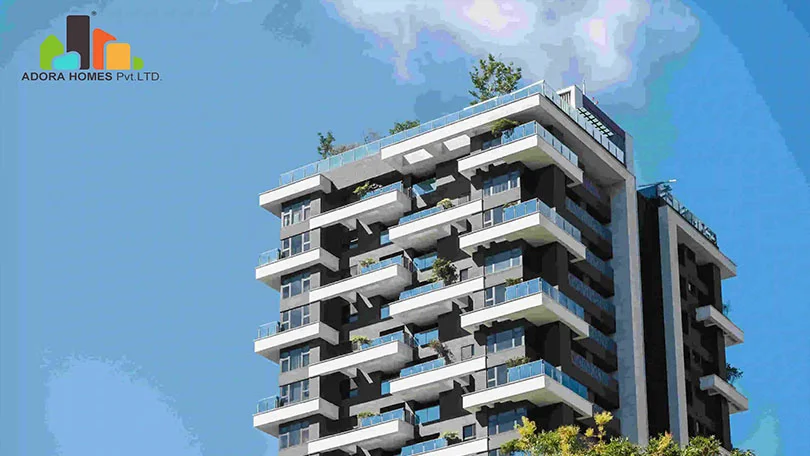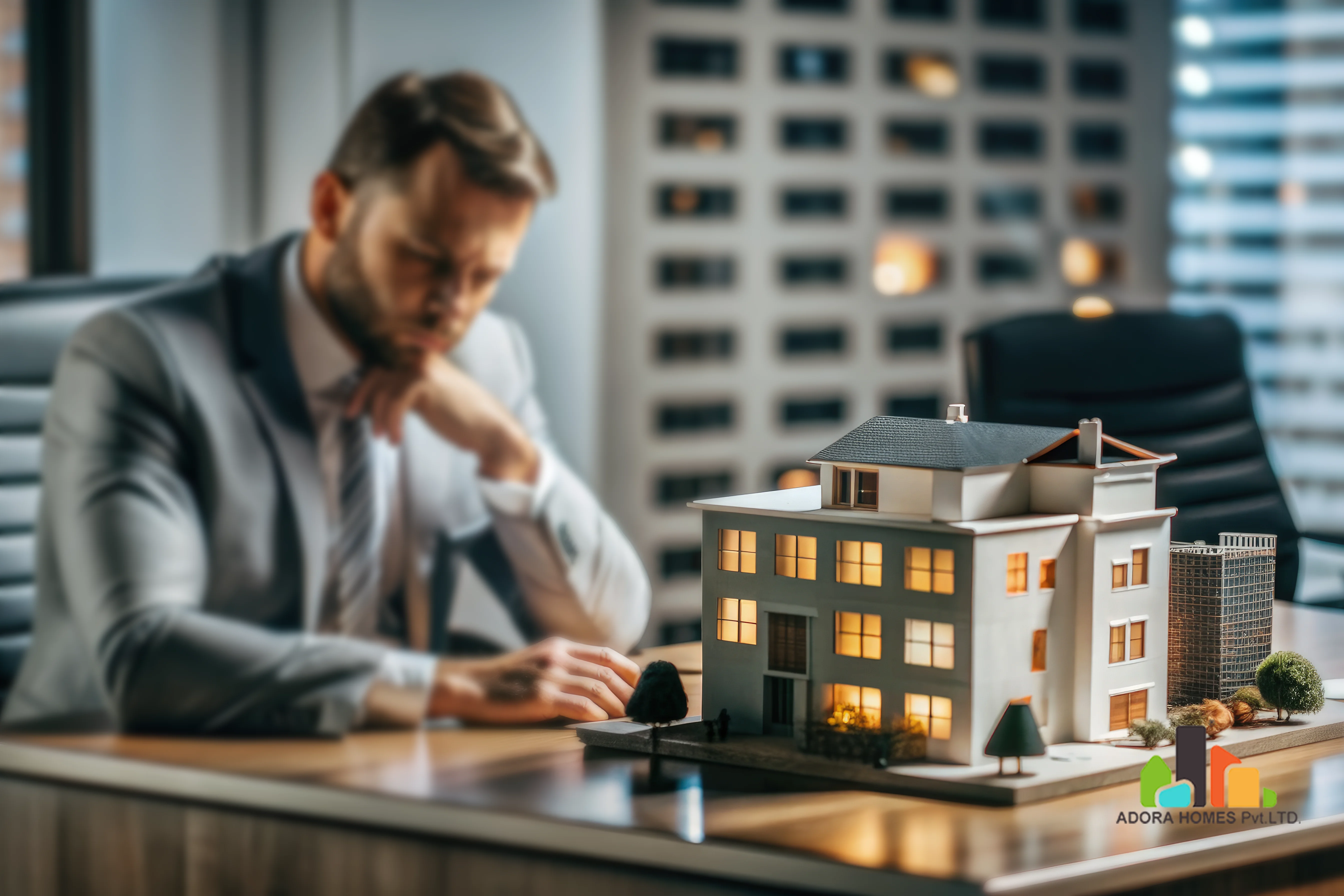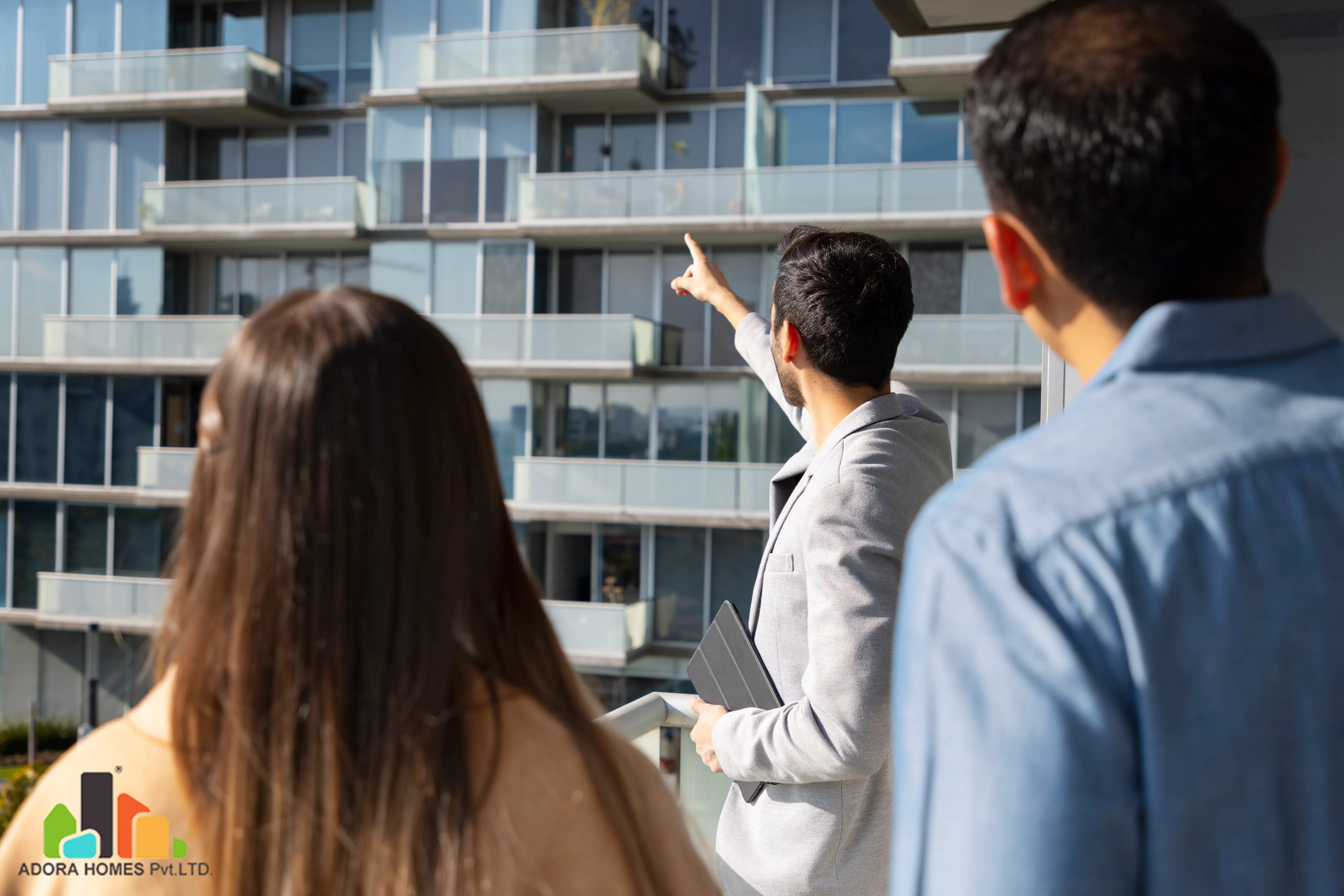As sustainability takes center stage in 2025, homebuyers aren’t just looking for a place to live—they’re seeking homes that align with their values and reduce their environmental footprint. Eco-friendly features are no longer a niche perk; they’re a must-have for a growing segment of the market. Whether it’s cutting energy bills, improving indoor air quality, or preparing for a climate-conscious future, buyers are prioritizing green living like never before. Based on emerging trends and buyer feedback, here are the top eco-friendly features shaping home searches in 2025—and why they matter.
Solar panels remain the gold standard for eco-friendly homes, and in 2025, they’re more accessible than ever thanks to falling installation costs and expanded tax incentives. Buyers aren’t just stopping at panels, though—integrated battery storage systems, like Tesla’s Powerwall, are surging in demand. These setups allow homeowners to store excess solar energy for use during outages or peak-rate hours, offering both sustainability and resilience. A recent survey from the National Association of Realtors noted that 68% of buyers in early 2025 consider solar-ready homes a “top priority,” especially in regions prone to power disruptions. Why It’s Hot: Energy independence and lower utility bills are huge draws, plus it’s a selling point for future resale value.
Gone are the days of basic programmable thermostats. In 2025, buyers want smart thermostats—like Nest or Ecobee—that learn their habits, optimize heating and cooling, and sync with smartphone apps. Even better? Homes with whole-house energy monitoring systems that track usage in real time. These tools empower homeowners to cut waste and pinpoint inefficiencies, making sustainability both practical and interactive. Why It’s Hot: With energy costs still fluctuating, buyers love the control and savings these devices deliver—often reducing bills by 10-15% annually.
Triple-pane windows, low-emissivity (Low-E) coatings, and advanced insulation materials like spray foam or recycled denim are climbing buyer wish lists in 2025. These upgrades lock in temperature, reduce noise, and slash energy loss, making homes cozier and more efficient. In colder climates, buyers are even asking for “passive house” standards—ultra-tight building envelopes that minimize heating needs. Why It’s Hot: They’re a win-win: lower carbon footprints and immediate comfort, especially as extreme weather becomes more common.
Water conservation is a big deal in 2025, especially in drought-prone areas. Buyers are drawn to homes with rainwater harvesting systems—think stylish barrels or underground cisterns—that irrigate landscaping naturally. Greywater systems, which recycle water from sinks and showers for outdoor use, are also gaining traction. And don’t overlook low-flow fixtures: toilets, showerheads, and faucets with WaterSense labels are now baseline expectations. Why It’s Hot: With water scarcity on the rise, these features save resources and money while appealing to eco-conscious buyers.
Eco-friendly homes in 2025 aren’t just about gadgets—they’re built with the planet in mind. Buyers are swooning over flooring made from fast-growing bamboo or cushy, renewable cork. Recycled countertops (think glass or composite stone) and non-toxic paints with zero VOCs (volatile organic compounds) are also in demand. These materials don’t just look good—they reduce indoor pollutants and support a circular economy. Why It’s Hot: Healthier living spaces and a smaller environmental impact make these choices irresistible to families and green enthusiasts alike.
Forget sprawling lawns that guzzle water and demand chemical upkeep. In 2025, buyers want yards that work smarter—think fruit trees, vegetable gardens, and native plants that thrive without extra fuss. These “edible landscapes” cut maintenance costs and provide fresh produce, while native species support local pollinators like bees and butterflies. Realtors report that homes with xeriscaping (drought-tolerant design) are selling 20% faster in water-stressed regions. Why It’s Hot: It’s practical sustainability—food on the table and a habitat for wildlife, all with minimal effort.
The holy grail of eco-friendly living? Net-zero homes that produce as much energy as they consume. While fully net-zero homes are still rare, buyers in 2025 are snapping up properties designed to get there with minimal upgrades—think super-insulated walls, south-facing windows for passive solar heat, and pre-wired EV charging stations. Builders are catching on, with more new constructions marketed as “net-zero ready.” Why It’s Hot: It’s the ultimate flex for eco-warriors, plus it future-proofs homes against rising energy costs and stricter regulations.
For sellers, adding even one or two of these features can set your listing apart in a competitive 2025 market. Highlight them in your marketing—buyers are scanning for terms like “solar,” “smart home,” or “sustainable” in descriptions. For buyers, prioritizing these elements means investing in a home that’s kinder to the planet and your wallet over time. Either way, eco-friendly living isn’t a trend—it’s the new standard.

Essential Amenities for Dream Luxury Apartments in Thrissur.

Why Investing in Premium Apartments in Thrissur Outweighs Villas

Finding Best Real Estate Builders in Thrissur

Benefits of Adora Avriti-Affordable 2 & 3 BHK Apartment

Top 10 Benefits of Buying Your Home from a Trusted Builder

What Makes Apartments an Ideal Choice?